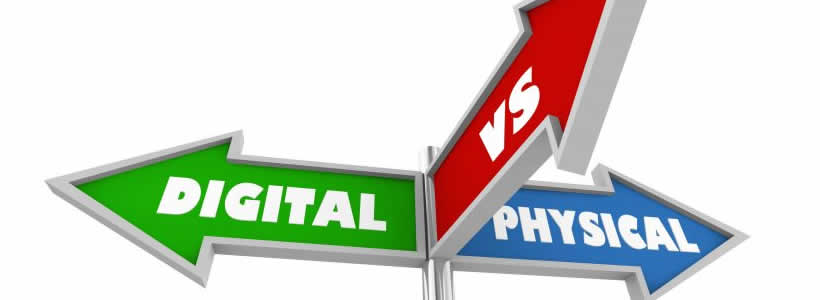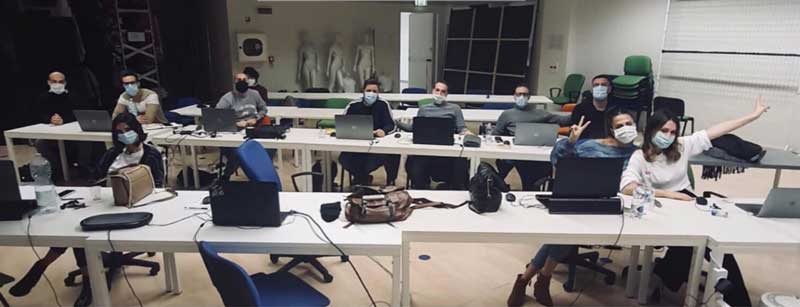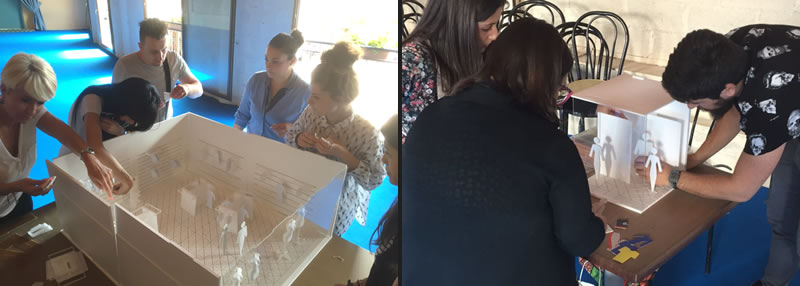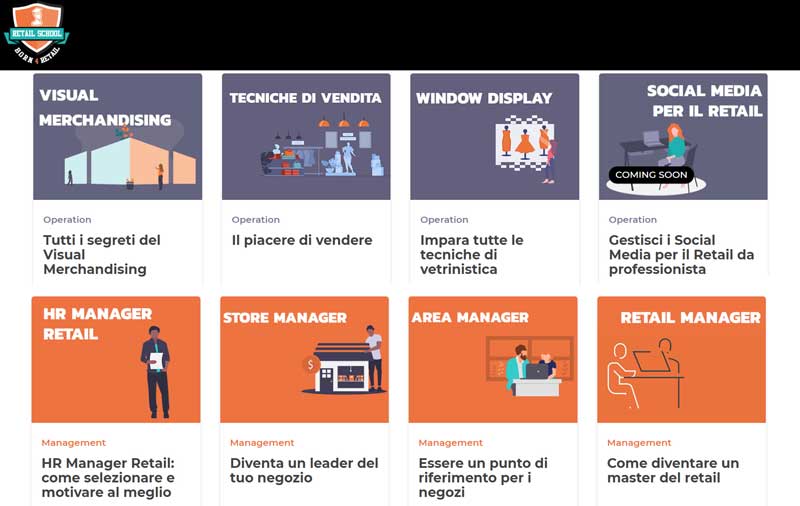
[button link=”https://www.arredanegozi.it/2021/06/fisico-vs-digitale-vantaggi-della-formazione-on-line-e-off-line/ ” icon=”none” target=”” color=”a30b0b” textcolor=”ffffff”]TESTO ITALIANO[/button]
by Paolo Zanardi and Simona Fiore – XT Retail
The keyword is training.
Dear Readers,
It was not easy, in this period, to find a topic enable to arouse your interest considering that retail is one of the areas most affected by the pandemic together with catering (which, however, is now considered a full-fledged retail business).
In our previous issues and reports you aware as digitalization is taking over from so-called physical activities.
Up to now, these activities had characterized the operators in the sector by supporting throughout the territory and from the back office to the companies, which in part or totally, were not structured to face the challenges of the market.
Therefore, we have already written extensively about how visual merchandising activities have moved from physical to digital, leaving strictly to the minimum support that the sales point still need on shopfitting and windows.
Considerably reduced the “Mystery shopping activities”, the requests of the operators of the retail sector have therefore shifted to something that can be managed remotely by the company, going to occupy its sales staff (honestly seen in this period not very busy, but unmotivated), on all those activities that in the pre-Covid Era were managed by the internal team or appointed companies.
So, how can we motivate the industry insiders and not be discouraged by this global crisis? How can we contribute with our professionalism and expertise?
We believe that the physical store will never disappear with the certainty that, even if everything is changing, we must be ready to transform and convert ourselves for this modification, but that the shops will never disappear.

Why?
Because the experience you have in a physical store will be never replaced.
The history of visual merchandising teaches us that the “Copernican revolution”, operated by visual merchandising in Retail, consists in bringing customers into direct contact with the product, no longer filtered by the choice of the sales assistant. I still remember many years ago, when I went to some historic shop, with huge counters and shelves full of boxes that were opened only by the sales assistant and only after a specific purchase request.
The experience has changed the in-store relations. The fact to try and touch a product, to imagine its use, to be stimulated in various aspects of our everyday life has become the impulse for the customer to repeat this experience.
We have often spoken about the importance of the sales environment for a memorable shopping experience, which is given not only by the brightness, colors, sounds, etc., but above all by the visual stimuli that a correct visual merchandising can give. And now we can no longer speak only of fashion retail, but in all sectors a perfect setting up is necessary to involve the customer in a positive choice.
In addition to experiential marketing, we have another fundamental tool: the human approach and relationship, which is irreplaceable in any other way of purchasing. The quality of a sales consultant, increasingly skilled and more competent in customer and product assistant, will hardly be able to find online.
Then, training is the keyword in this period.
We need employees involved on training sessions and objectives. As in our initial consideration, the digitization has taken precedence over the activities that were generally carried out in the classroom, partly out of necessity and partly because some guidelines can be carried out with no need of the ownership.
In fact, the XT professionals have been involved as consultants in training projects on topics related to visual merchandising and window dressing, but the requests of customers are increasing on a new way of proposing themselves, as for the contingent situation, having to keep the shops closed.
Granted that we are the champions of a training that must be carried out physically and not through a screen, nevertheless we bear for a mixed formula in the near future.
That is, a system that provides both classroom activities for projects and the most strategic topics matched with training presumably in pills for less relevant topics and which can above all be followed at the user’s discretion.
It is evident that this formula allows companies to keep a level of training and attention of their employees and, at the same time, reduces expenses for all those activities that were previously carried out in the classroom (too much expensive and difficult to organize especially if the groups were numerous).
The world in general is going in a direction more and more of requests on demand; we are surrounded by services or products keeping up with time and money, then people get everything as they like.
The same happens in the field of training and purchasing processes. By now, people are getting used to online purchasing method according to their free time.
How many of us depend on online sales and spend a few evenings in front of the television browsing online?

The arrival of Amazon and its unstoppable development is leading us more and more in the direction we have just mentioned, and the daily life of a store and the employees in the physical store has certainly changed and destined to change again.
Obviously, economic and purchasing power of customers has decreased in the last 16 months and consequently, as we have already said, and the attendance instore also.
So, how can the sales points solve this problem?
We have already been hearing about multi-channels for several years, and those who worn on this, found themselves facilitated in this pandemic event.
But how can we get closer to the customer by remaining at a distance or, worse, closed?
Hence the development of interactive activities where the sales point, through its staff, becomes more active by operating through social networks and applications linked to telephone numbers, creating databases and broadcast lists that can keep customers updated, as well as create a sort of pre-sale aiming to entice and arouse the curiosity and desire to purchase of the final consumer.
Getting back to our topic, in the last two years, XT Company took up a collaboration with the CIOFS School, an institution providing initial, higher, continuous, permanent, alternation and orientation training courses. In particular it supports training courses addressed to seek employments.
It offers services to the territory and to the companies, consultancy in the analysis of training and support for new forms of business communities. It cooperates with other non-profit professional training organizations, social entities, public institutions and business associations.

The privileged recipients of CIOFS-OF are adolescents and young people, especially young women, particularly disadvantaged.
In fact, we started teaching in the store operator courses, placing particular emphasis on setting up and training future sales consultants.
The CIOFS provides with broad direction, training and opportunities for work integration.
The recipients have a particular propensity for operations and applied experimentation. The orientation activities of young students will avail on XT consolidated experience with training tools.
The goal of CIOFS is the construction of a professional and cultural project that accompanies young people from training to the world of work, and our goal is to train skilled professionals to face the everyday instore challenges in addition to the customer shopping experience.
At the end, we asked our partner for online training courses, Mrs Manuela Martini, Managing partner of the company and E-mentor, to share her point of view with regards to this period and the activities.
How has the world of e-learning changed due to the pandemic?
The pandemic accelerated a trend that was already evident in 2019, especially in Italy, but the push occurred in the first months of the lockdown, in which 52% of Italian companies were equipped with e-learning systems. Only 20% of 52% owned internal programs: this shows the rapid increase of tools for synchronous and asynchronous professional training. The pandemic period served to break the ice, both because it was a path already started by some companies, and because there were no alternatives, so this mechanism has allowed many companies to solve the technological gap with the distance learning. At the same time, even the most reluctant trainers to technology had to adapt by using e-learning tools to continue their job in this period.
What are the frequently asked questions?
The recurrent questions are to integrate asynchronous digital training with synchronous training tools, for instance for live webinars with the possibility to monitor and report the courses. The projects would be realized by internal funds of the companies.
Another request is the quick access to ready-made catalogs and libraries of the courses and in particularly required from the retail sector; a specific query regards the so-called 4.0 training, that concern the support of the digital transformation of industry 4.0, a tax credit up to 50% for companies investing in information.
Which are the most popular investment channels in a difficult time?
Companies that had not yet done acquire digital platforms, as well as virtual meeting and webinar systems and therefore asynchronous FAD and synchronous FAD, and are also purchasing courses in digital catalogs to equip these platforms with content.
There are also companies that are organizing themselves to be autonomous in the creation of internal courses. Thus often we are asked to equip themselves in the production of content in distance learning independently, to be as flexible as possible and ready to manage entire internal training process. Obviously this concerns large companies that have an internal audience around 2000 employees, but this is our perspective as for main investments of the companies’ business.
by AN shopfitting magazine no.162 ©

